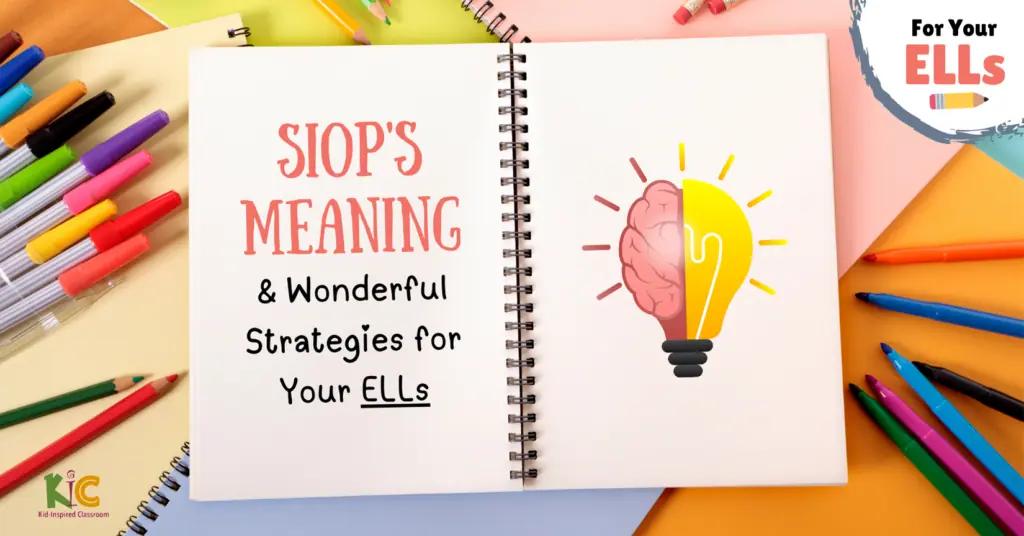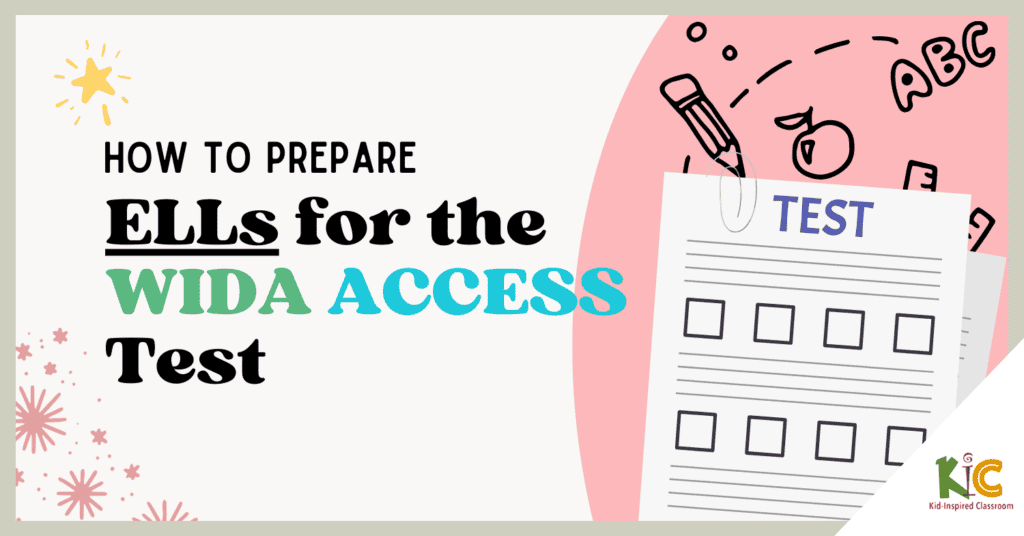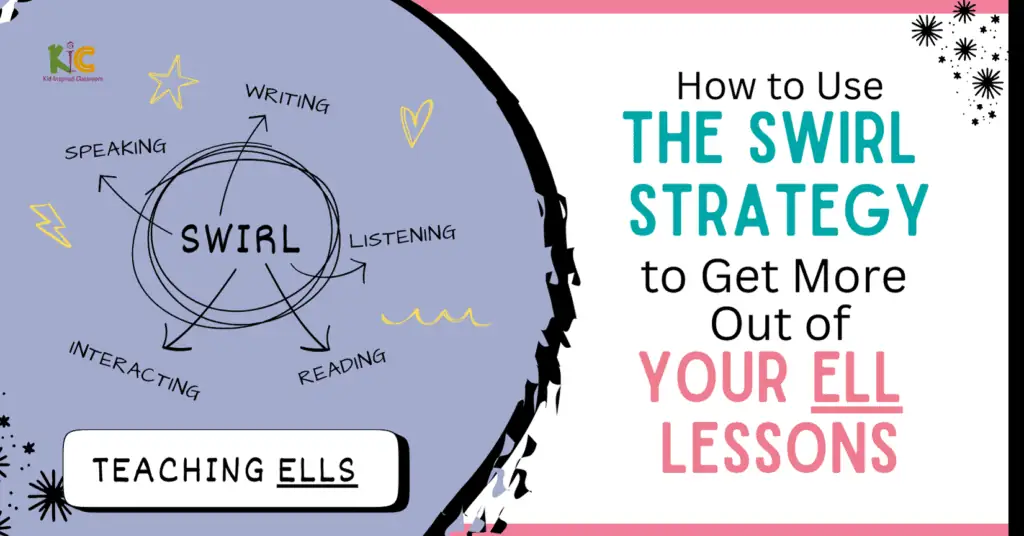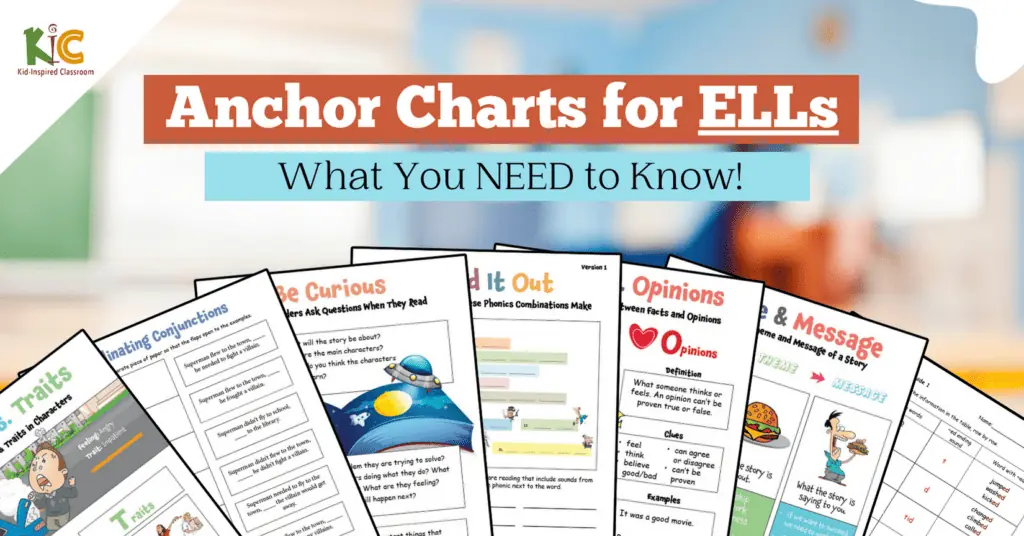
If you want to manage your classroom well, you have to connect with your students in meaningful ways and there are so many ways to do facilitate connection. With most students, it is just a matter of reminding yourself when you are busy planning, grading, teaching, disciplining, administrating, and reporting that they are children, and not robots and teaching them should be more like coaching than computer programming. Most teachers I talk to recognize this and need only a reminder to take a deep breath, slow down and pay attention to their students.
The biggest problem I hear most teachers say they have with connecting involves badly-behaved students. Teachers can get really frustrated with these students and find that most of their interactions with them are negative.
These students though, probably more than any others, are looking for connection. Some of the most badly behaved students in the classroom behave as badly as they do because they want attention. For whatever reason, they have been trained to think that behaving badly is the best way to get it. It’s possible that their parents pay little attention to them except when they are bad. It’s possible that their siblings pay little attention to them unless they are sufficiently annoyed. It’s possible that they feel ignored at school unless they make trouble. Negative attention is better than no attention at all after all.
From a misbehaved child’s perspective, like Jimmy or Irene, when they do what they are supposed to do, they are ignored. When they behave they don’t get any attention. So they misbehave again and again. Why? Because, sure enough, as soon as Jimmy misbehaves, he has the teacher’s attention. Irene can’t be ignored if she is derailing the class.
Teachers vent to me about these students and they don’t very often like the answer that I offer.
You have to connect with them when they are not misbehaving. When they are doing anything at all that could be considered acceptable, you have to encourage them, pat them on the back, give them a high five, look them in the eye, smile and say that you like them for no reason at all—and regardless of whether you truly feel that way.
You have to do these things with students you may really dislike and who deserve it least. Teachers often feel that this is unfair. The misbehaved student doesn’t deserve the attention for simply sitting properly, for instance. That should be a given. They shouldn’t get special attention for doing what they should have been doing in the first place. This only perpetuates the negative cycle. When a misbehaved student behaves, the teacher gets on with teaching, so the student misbehaves, forcing the teacher to pay attention.
We have to do a mental shift. Don’t think about it as rewards and punishments; these children don’t usually care about the rewards and often behave worse when punished. It’s not about fairness; it’s about what’s best for the child. Don’t ascribe some devious intentionality to their behavior; children don’t think critically and decide to misbehave based on their calculations of a situation. They react, and if you want to help that misbehaved child, you have to train them to react differently. You have to train them to understand that they will get lots of attention only when they are behaving, and they will get very little attention at all when they are misbehaving.
A child is completely incapable of breaking this vicious cycle, so it is up to the teacher to change the dynamic. Here are a few ideas:
1. Sit them in the back.
If a Jimmy is very distracting, sit him at the back of the classroom so that other students can’t see him very well. This takes away a lot of the attention they are getting from the rest of the students.
2. Have a simple, quick disciplinary system.
Have a disciplinary system that requires very little time and gives very little attention to bad behavior. Make your expectations clear, give a quick warning or two and then follow through, whether that is losing points, not participating in a game or giving extra homework. Don’t yell. Don’t lecture. Don’t call the class’s attention to the behavior. Follow through and move on. The consequences may not mean much to the misbehaved student, and that is OK. The consequences are more for the rest of the class. You are communicating to the rest of the class that the behavior is unacceptable and that there are clear consequences.
3. Connect with them whenever they do anything acceptable.
Then, as soon as the misbehaved student does anything acceptable at all, go over and sit next to them, give them high fives, look them in the eye and compliment them. Say thank you. Pat them on the back. You can also talk to them before and after class, get to know them. Find out what they like and don’t like. Get their opinion on games and activities. You will be amazed at the difference this can make over time. And it does take time. Usually over the course of a few weeks, you will find that the bad behaviors begin to disappear.
If you are struggling with really misbehaved students, hang in there. I do not want to give them impression that the solution is simple or easy. It is worth it though. Let me know if you have any questions or thoughts in the comments section below.







Thank you for this advice.